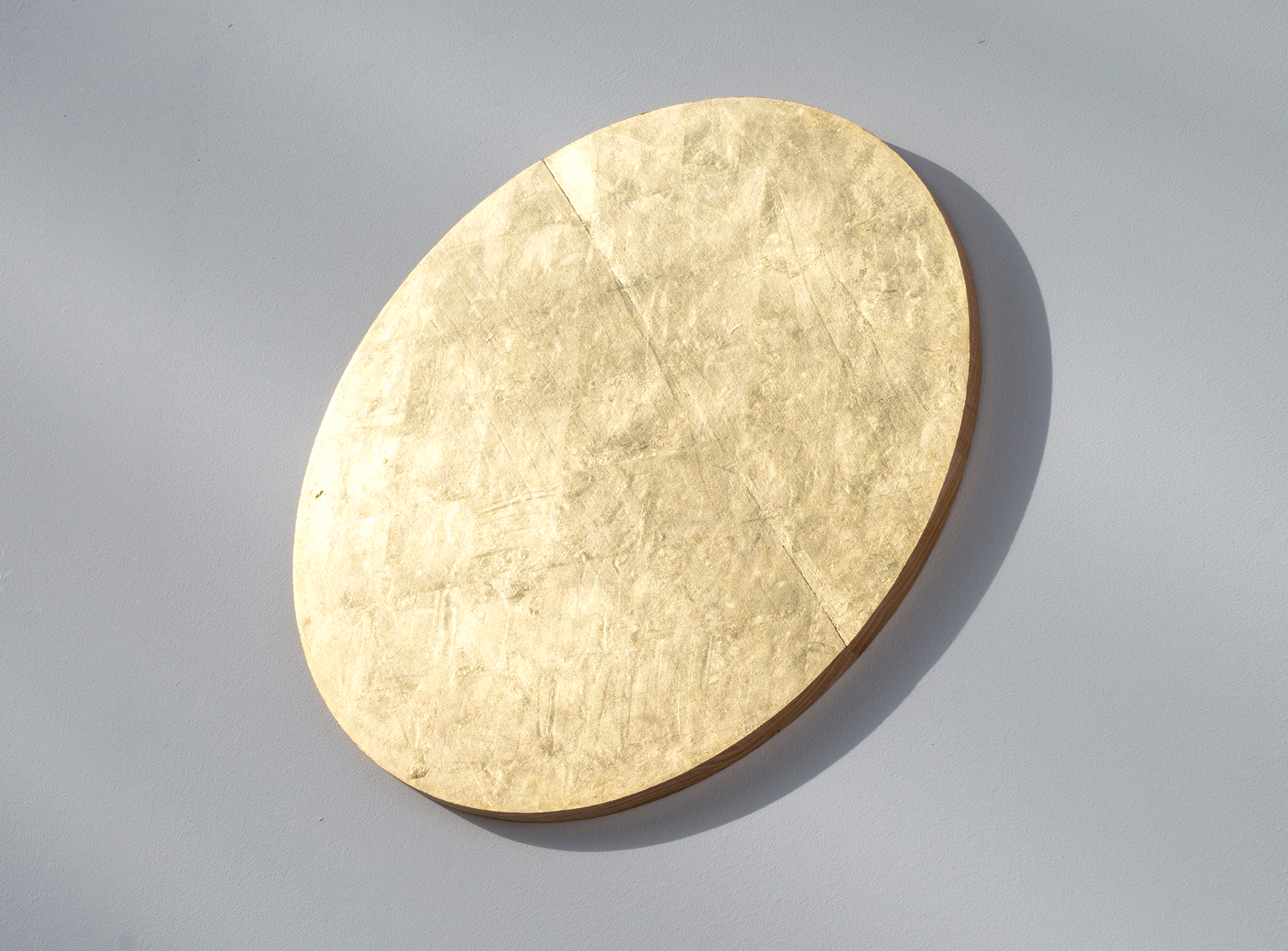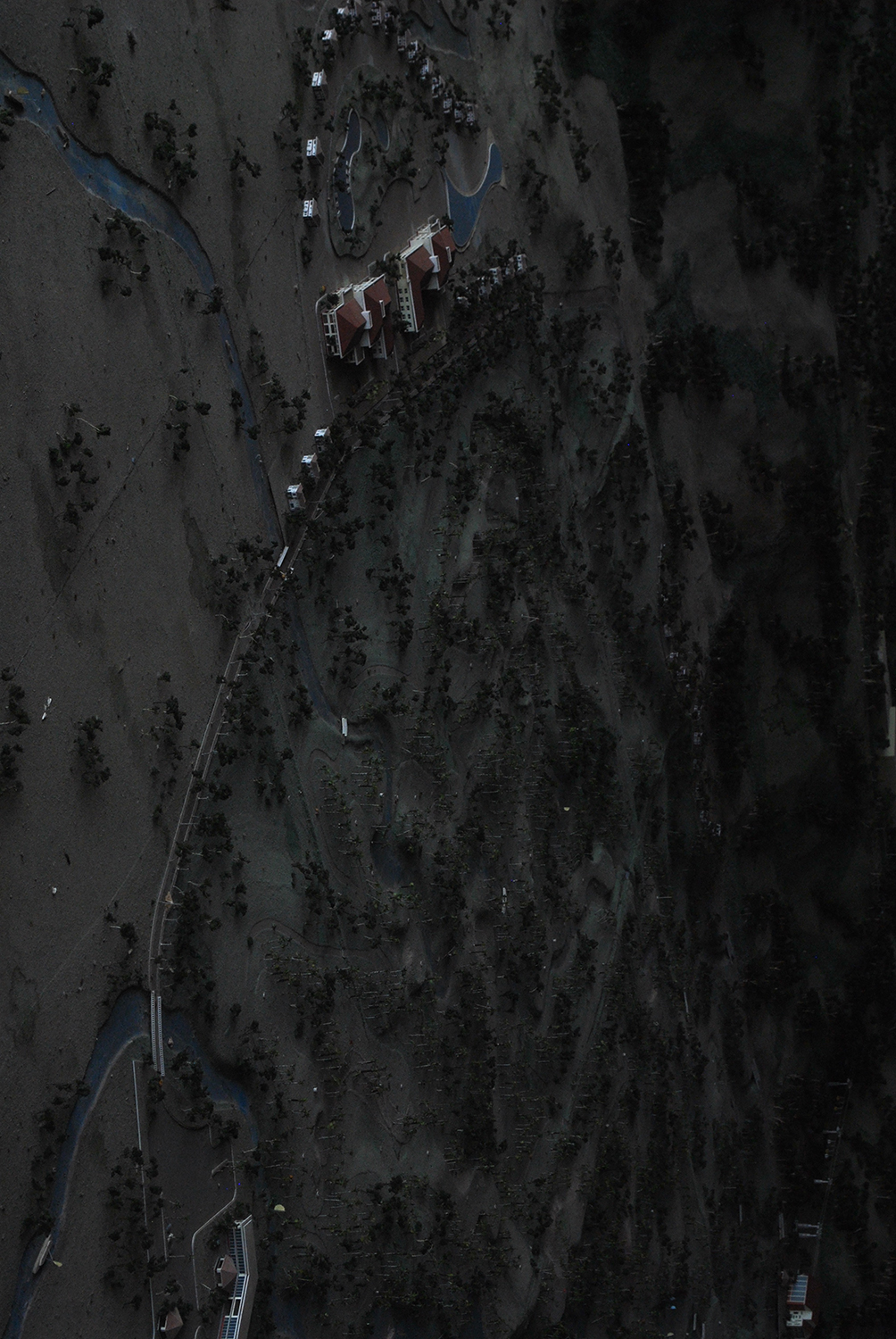« ABES FABES KARTOFLYABES »
Invisibles horizons
Le titre de cette exposition est une formule magique utilisée par des créatures de la mythologie nordique pour rétrécir les humains à une échelle plus réduite. Issue du conte des aventures de Nils, qui réalise un voyage à travers différentes contrées suédoises où s’incarnent, dans les différentes étapes paysagères de son périple des contes traditionnels.
Voyage sans fin,
Le regard parcourt ce long chemin d’images au cours duquel la découverte est de mise. Quittant son vernaculaire et la nostalgie du voyage pour devenir trace et preuve. Ici, on regarde les pouvoirs qui animent, forment et construisent le paysage.
L’esthétisme, révélateur d’une dimension ignorée où le regard n’est plus absorbé dans une réalité qui le dépasse et l’engloutit mais s’implique avec distance, lui faisant comprendre les mécanismes oubliés, percevoir des détails imperceptibles et des réalités invisibles à l'œil nu.
Tuilage d’horizons silencieux mais non sans échos, à cette langue primitive, celle de la spatialité. Les orientations, les vues et les règles, les perspectives et les plans.
De paysages en paysages, les techniques se succèdent pour structurer nos milieux. S’éloigner, découvrir, se laisser guider par la topographie, tout en choisissant sa vue, son mirador, son promontoire et sa longue vue.
Le regard silencieux, aux aguets des occurrences. Territoires, visibles et invisibles, visités et prospectés, les montrer : c’est chercher. Quitter son socle, partir et entrer en action.
Le corpus de l’exposition Abes Fabes Kartoflyabes tend à interroger notre rapport à l’espace et notre environnement en nous donnant une place microscopique. D’emblée les échelles sont questionnées. La place du photographe est confondue avec celle du visiteur, les espaces se chevauchent et l’accrochage tente une mise en abîme du sujet de l’exposition : le paysage. Cette exposition se veut comme un diorama géant. Le spectateur est inclus dans l’espace d’exposition comme s' il arpentait un paysage. Les photographies sont au mur, mais également au sol, sous forme de sculpture, ou bien dans l’espace agissant comme des roches à contourner. Pensée comme l’index d’une définition exhaustive du paysage, plusieurs techniques
photographiques sont présentées, et différentes manières d’aborder la photographie et la posture du photographe sont évoquées. Nos façons d’observer, de s’impliquer, de transmettre sont ainsi interrogées. Les travaux sélectionnés traversent les techniques photographique : gomme bichromatée, numérique, modélisation 3D, impression sur bois, tirage argentique, manipulation expérimentale, vidéo et films se côtoient.
Invisible horizons
The title of this exhibition is a magic formula used by creatures of Nordic mythology to shrink humans to a smaller scale. The title of this exhibition is a magic formula used by creatures of Nordic mythology to shrink humans to a smaller scale. It comes from the tale of Nils' adventures, which takes him on a journey through different Swedish regions where traditional tales are embodied in the different landscape stages of his journey.
Endless journey,
The eye travels along this long path of images during which discovery is the order of the day. Leaving its vernacular and the nostalgia of the journey to become trace and evidence. Here, we look at the powers that animate, form and build the landscape.
Aestheticism, revealing an ignored dimension where the gaze is no longer absorbed in a reality that exceeds and engulfs it but is involved with distance, making it understand forgotten mechanisms, perceive imperceptible details and realities invisible to the naked eye.
Tiling of silent horizons but not without echoes, to this primitive language, that of spatiality. The orientations, the views and the rules, the perspectives and the plans.
From landscapes to landscapes, the techniques follow one another to structure our environments. To move away, to discover, to let oneself be guided by the topography, while choosing one's view, one's mirador, one's promontory and one's long view.
The silent gaze, on the lookout for occurrences. Territories, visible and invisible, visited and prospected, to show them is to search. To leave one's base, to leave and enter into action.
The corpus of the exhibition Abes Fabes Kartoflyabes tends to question our relationship to space and our environment by giving us a microscopic place. From the outset the scales are questioned. The place of the photographer is confused with that of the visitor, the spaces overlap and the hanging attempts a mise en abyme of the subject of the exhibition: the landscape. This exhibition is like a giant diorama. The viewer is included in the exhibition space as if he were walking through a landscape. The photographs are on the wall, but also on the ground, in the form of sculpture, or in the space acting as rocks to be circumvented. Thought as the index of an exhaustive definition of the landscape, several photographic techniques
photographic techniques are presented, and different ways of approaching photography and the photographer's posture are evoked. Our ways of observing, of getting involved, of transmitting are thus questioned. The selected works cross photographic techniques: gum bichromate, digital, 3D modeling, wood printing, silver print, experimental manipulation, video and film are mixed.
 Bokor, 2017
Bokor, 2017
 Translation, 2018
Translation, 2018
 Jupiter, Saturne et les Perséides, 2021 et Décors XVI, 2017
Jupiter, Saturne et les Perséides, 2021 et Décors XVI, 2017



